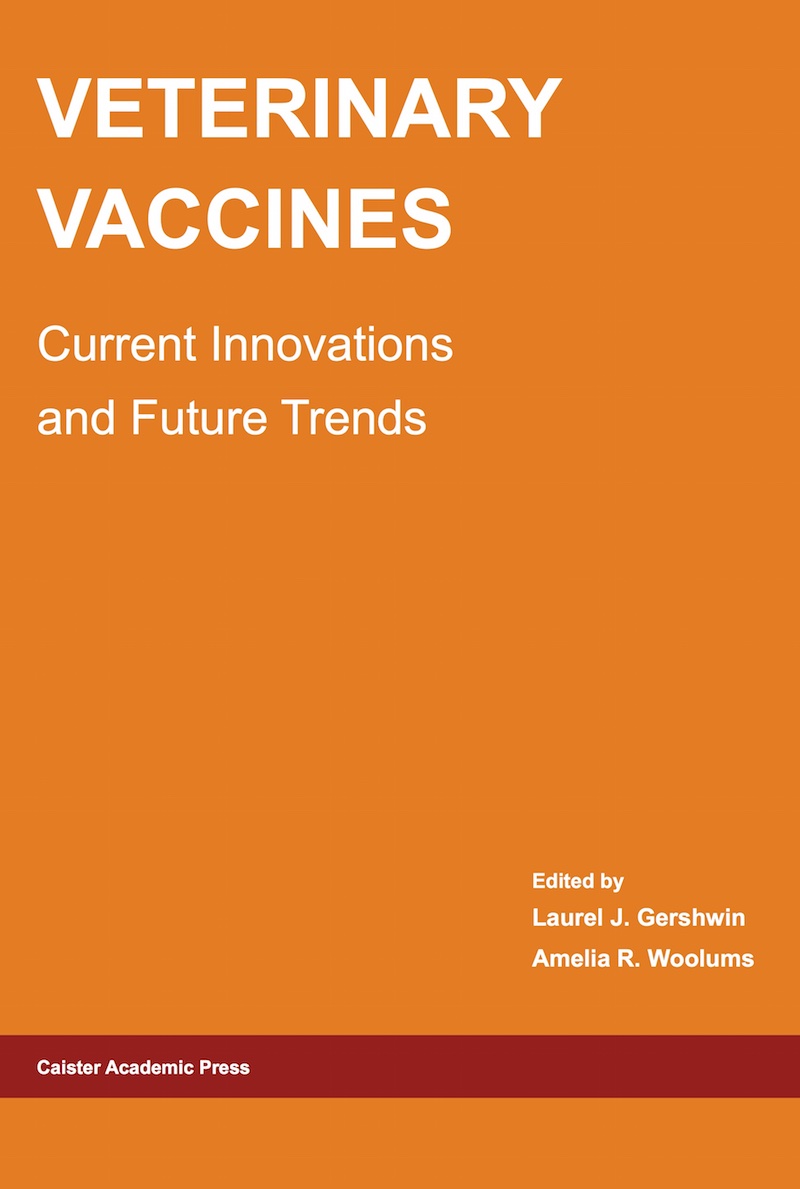Dissecting Complex SUMOylation Networks in Humans
Ijeoma Uzoma and Heng Zhu
from: SUMOylation and Ubiquitination: Current and Emerging Concepts (Edited by: Van G. Wilson). Caister Academic Press, U.K. (2019) Pages: 135-146.
Abstract
To continue improving our understanding of the physiological impact of SUMO modification in humans at a global level, dissecting enzyme/SUMO/substrate relationships within the complex SUMOylation network is essential. This effort requires multifaceted proteomic approaches that can capture comprehensive data on SUMO substrates, E3 ligase-substrate specificity, SUMO paralogue specificity, and SUMO-binding proteins. The Hu Prot™ protein microarray contains > 20,000 purified human proteins, providing an ideal platform for identification of substrates that can be covalently modified by SUMO-1 or -2, as well as proteins that recognize SUMO substrates through non-covalent interactions. Protein microarray studies successfully identified > 2500 covalent SUMO substrates, linked several E3 ligases to hundreds of their protein substrates, established SUMO paralogue preference for substrates and E3 ligases, and identified hundreds of SUMO-binding proteins. These large-scale protein microarray datasets were integrated to construct a multidimensional SUMO network that can be used to connect substrates to upstream E3 ligases and to predict SUMO-dependent protein-protein interactions. By enhancing our knowledge of the architecture and regulation of the enzyme-substrate network, we can strengthen our understanding of the functional outcomes of SUMO modification in human cells read more ...



